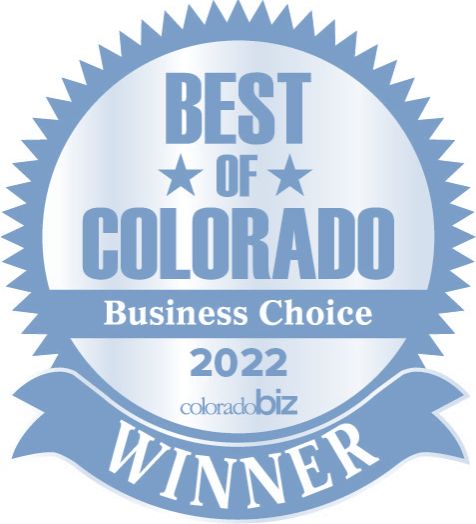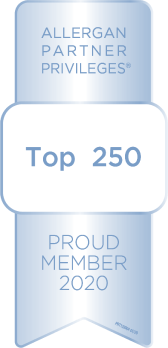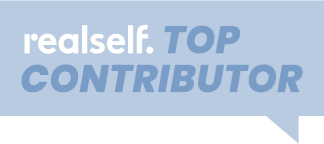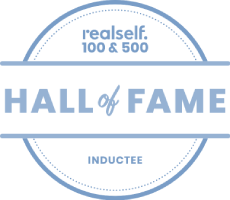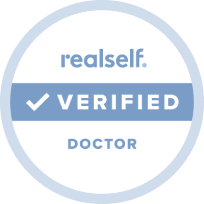The FDA approved Dysport® for cosmetic and medicinal use in the United States in May of 2016. This purified type-A neurotoxin produced by the bacteria Clostridium botulinum temporarily prevents the release of acetycholine from sympathetic nerve terminals, smoothing away furrows between the brows.
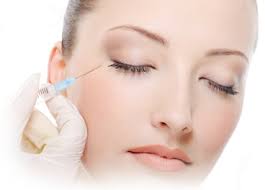 The onset of Dysport’s muscle relaxing effect may be faster than BOTOX® and may last longer, according to Dr. Jeffrey Raval.
The onset of Dysport’s muscle relaxing effect may be faster than BOTOX® and may last longer, according to Dr. Jeffrey Raval.
Just like BOTOX Cosmetic, small doses of the toxin (also known as Reloxin) are injected into targeted wrinkle-causing muscles preventing the muscle from contracting and effectively reducing the wrinkle’s appearance. Also like BOTOX, Dysport, made by Ipsen of Santa Barbara, CA, doesn’t require any downtime for recovery. The patient can return immediately to his/her natural activities, play or work, while understanding the risks of bruising, itching, redness. In rare cases, vascular occlusion can lead to tissue loss and scarring.
This wrinkle relaxer give patients another choice—something Dr. Raval endorses. “BOTOX ranks in the top five nonsurgical cosmetic procedures in the United States. Obviously there is a demand. When demand for a product is so overwhelming, competition between quality products helps to contain the costs associated with injections. Choice is good for patients’ health and budgets.”
Dysport has been available in the U.K. since the early 1990’s and is licensed in 67 countries worldwide including the United Kingdom and many European markets. Dysport continues to be studied, in particular for its reach or diffusion rate—considered to be greater than BOTOX, able to spread to muscles not intended for treatment.
